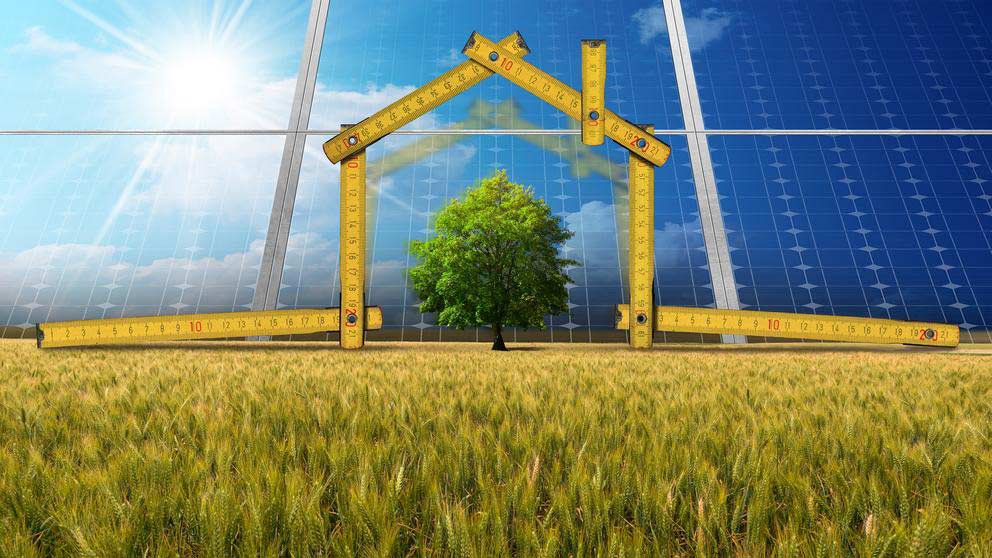
Going Green? Insurance Options for Eco-Friendly Buildings
Today, there’s an increasing demand for environmentally friendly machinery, cars and buildings, not to mention energy.
Leadership in Energy and Environmental Design (LEED) certifications were awarded to over 100,000 projects, covering more than 11 billion gross square feet of space since its inception through 2022, according to the U.S. Green Building Council.
“Green” is a sound policy for the planet with significant financial benefits. Lower operating costs have helped drive up the resale value of green buildings. Yet a green strategy may also pose unique financial and manufacturing risks.
Challenges unique to the green movement
The additional cost of materials, meeting and maintaining LEED certifications, subcontractor/subconsultant risks and regulatory standards are among the issues green builders may face. These risks lead to greater liability exposures for the professionals involved in a project.
New products and technologies used in green building projects are often quickly developed and tested, potentially creating vulnerabilities. If a product fails, there may be a dispute over who’s financially liable — the builder or the building owner. Remember that products tailored for and used in green buildings are typically excluded from traditional insurance coverage, so you'll need extra coverage.
Protecting your investment
There are exclusions for green construction in standard property and professional liability policies. However, standardized insurance is beginning to meet the growing need for green building protection.
To ensure your green project and professionals are adequately insured, consider these coverage and endorsement options:
Green building coverage — This provides additional coverage for costs associated with green buildings when a loss occurs, including:
- Expenses related to purchasing electricity or water from a public utility when a building’s water conservation system or renewable energy generating equipment is damaged
- Recertification costs
- Costs associated with air quality restoration
- Expenses of routing debris from a damaged building to a recycling facility rather than discarding at a landfill
Green upgrade coverage — This is a property endorsement that adds coverage for the increased cost of repairing or replacing damaged property using materials and methods considered to be green.
Delay in completion coverage (green building form) — This endorsement covers loss of rental or net income, construction expenses, taxes and interest incurred when a construction project is delayed.
Related expense coverage — This endorsement applies to expenses related to green upgrades, such as waste reduction and recycling costs. It also covers professional fees for the design and engineering of green upgrades, in addition to certification and equipment testing fees.
Landscape coverage — Although standard policies do not cover vegetative roofs, some insurance companies provide endorsements to cover vegetative roofs. A separate landscape insurance policy can also cover a vegetative roof. Endorsements can be added to a landscape insurance policy to also cover soil and the waterproofing layer.
Errors & omissions (E&O) — If a building does not meet a specified level of LEED certification, an E&O policy for architects, engineers, consultants and design professionals working on green buildings can insure against claims arising from representations and warranties. These are excluded on most policies.
Green insurance is evolving
Green building projects and risks are evolving, and so are the coverage options protecting them. Many green insurance policies cost about the same as traditional ones; depending on the insurance company you might get discounts.
Call your agent to discuss new or innovative coverage options, especially if you recently installed upgrades. And don't forget to consult your accountant about state and federal tax incentives to add to potential savings for going green.
